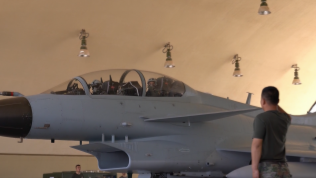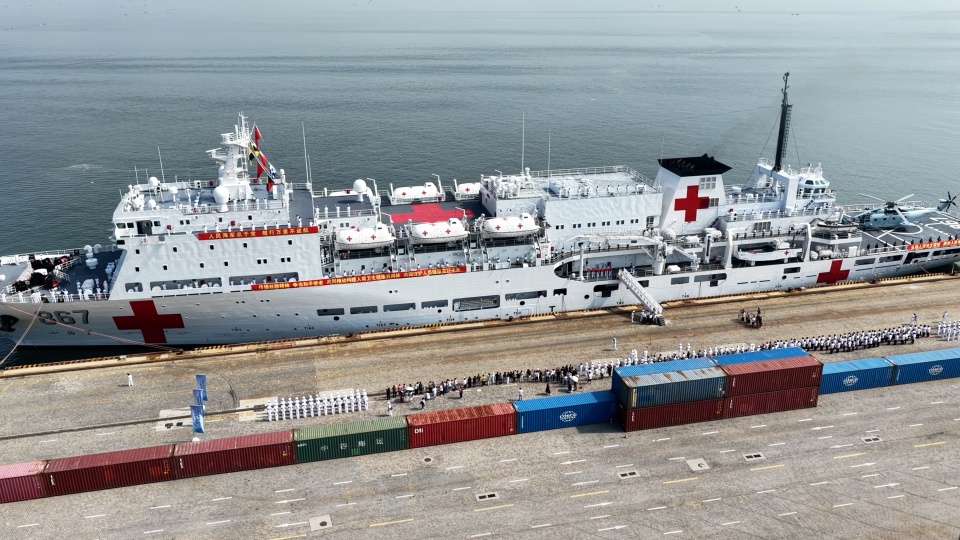By Kang Jie
On June 24th, the NATO summit kicked off in The Hague, the Netherlands, with the increase in defense spending by member states emerging as the central topic of discussion. According to The Hague Summit Declaration, NATO member countries pledged to raise their annual defense spending to 5% of GDP by 2035. Of this, 3.5% will be allocated to core military expenditure, while the remaining 1.5% will go to critical infrastructure protection and cyber security.
Ahead of the summit, NATO member countries convened in London on June 10 and agreed to push forward with a major military buildup. At that meeting, NATO Secretary General Mark Rutte called on member countries to shoulder greater defense responsibilities in order to offset the financial pressure caused by the strategic retrenchment of the US. He proposed a 400% increase in air and missile defense capabilities, as well as the procurement of additional armored vehicles, artillery systems, drones, and at least 700 F-35 fighter jets.
Judging from the information released at the two meetings, NATO's military expansion plans are clearly aligned with US demands, but for European countries, they amount to economic overreach. The Trump administration has repeatedly pressed other NATO member countries to raise their annual defense spending to 5% of GDP, asserting that Europe should not be free-riding on US defense efforts. Such an approach has sparked strong dissatisfaction among many allies.
Among NATO's 32 member countries, only 23 are expected to meet the target of allocating 2% of GDP to defense spending in 2024. Although a consensus was ultimately reached at the summit in The Hague, significant divisions remain within NATO regarding how to realize the more ambitious 5% goal. Some member countries believe that achieving this target will pose considerable challenges. Spain has pledged only to raise its defense spending to 2.1% of GDP in the coming years. Slovakia stated that it reserves the right to independently determine how to meet its defense spending commitments. Belgium also expressed the view that it is unrealistic to substantially increase military expenditure in the short term. Meanwhile, Donald Trump asserted that the US is not obliged to meet the 5% target, while demanding other allies to fulfill their commitments.
At present, most NATO countries are grappling with economic and fiscal challenges. Nick Witney, a senior policy fellow at the European Council on Foreign Relations (ECFR), warned that excessive and rapid increases in defense spending could have a significant impact on the economic and political stability of European countries. Public concern is mounting across Europe over the rising military expenditure crowding out investment in public welfare. Discontent and frustration have led many people to walk to the streets in protest, voicing strong opposition to military expansion and calling for the protection of social services.
In this new round of NATO military expansion, the US military-industrial complexes stand to benefit the most. Some estimates suggest that if European countries broadly meet the newly announced defense spending target, the additional annual outlay would amount to an astronomical figure. Among the priority investment areas of the expansion initiative, air defense systems have been given particular focus, with procurement costs for related projects expected to reach tens of billions of US dollars.
It is learned that a total of 24 European countries have joined the German-led European Sky Shield Initiative (ESSI) since its launch in October 2022. However, in 2024, the contracts for the first batch of projects under the initiative were awarded to a joint venture between the European group MBDA and US defense contractor Raytheon. Some media outlets have noted that while European countries are investing heavily under the banner of enhancing defense autonomy, they risk becoming overseas manufacturing bases for the US military industry in reality. US arms giants such as Lockheed Martin and Boeing have long been poised to feast on this opportunity, one ultimately paid for by European taxpayers. Analysts point out that the increase in defense spending is less about enhancing Europe's independent defense capabilities and more akin to an unprecedented, large-scale transfer of wealth to the US.
Since Donald Trump's return to the White House, relations between the US and the EU have been severely strained and Europe is now acutely aware of the US's unpredictability and unreliability. On the issue of NATO, what the US truly seeks is to maximize its hegemonic interests at the lowest possible cost, whereas what European countries are concerned with is establishing a secure strategic environment and achieving strategic autonomy. A recent editorial in The Guardian noted that the NATO summit's consensus on boosting defense spending represents, for Europe, both an investment to keep the US engaged and a pre-emptive move to fill the funding gap in anticipation of a potential US withdrawal. Many military experts have warned that such a dramatic surge in NATO military expenditure could trigger a new arms race, which would ultimately make Europe less secure. Kremlin spokesman Dmitry Peskov expressed warning that NATO and Europe are heading down an increasingly unrestrained path of militarization.
(The author is from China Institute of International Studies )













